Dickinson recently released more detailed plans for the $50 million renovations to the Holland Union Building (HUB), providing an insight into the long-awaited construction that has been a top priority of the current college administration.
Changes to the HUB have been in the works since 2008, and college President John E. Jones III has said that completing the renovations in a financially responsible manner is his goal.
Phase One of the renovations will begin with a complete overhaul of the College St. entrance as soon as this spring, according to David Walker, College CFO, who led the development of the renovation plan.
“At some points during that process, students will need to use the Britton Plaza entrance,” he said, but the goal is to “open the new stairway and ramp prior to when students return to campus for the fall semester,” not barring any unforeseen delays. As seen in concept photos, the entrance will be much greener and more accessible.
During the summer, Caf renovations will begin, although substantial upgrades to Dining Services will not occur until at least spring 2027 during Phase II of the process. These early renovations will include new kitchen equipment to “increase the quality and the speed of food preparation. Additionally, there will be other “facelift changes to the Dining Hall” such as a new serving station, said Walker. Though students will see changes to the Caf in fall 2024, there should be no disruption to student dining next semester.
Jones commented that long-term changes to the Caf might include micro-restaurants and more fresh food. According to Walker, there will be a “total overhaul” of the Caf, with renovations to the kitchen, furniture upgrades and increasing seating capacity being the top priorities.
In Phase Two, however, the kitchen will need to come offline in phases, and a temporary dining system will be instituted, said Jones. The substantial renovations will be done in parts, so the entire Caf will not be under construction at once. However, the plan to ensure dining availability for students during construction is still in development. The dining consultants and construction team involved in the project have experience with dining renovation and will help mitigate the disruption to student life.
The Britton Plaza entrance to the HUB will also be totally transformed. Construction will raise the level of Britton Plaza on a gradual slope of almost two feet, removing the need for the steps and making that entrance more accessible.
The HUB renovations will also contribute to the College’s commitment to sustainability. The new kitchen, electrical and mechanical equipment that will be installed will all operate much more efficiently and sustainably. The current equipment is now 20 to 30 years old, according to Walker, and needs vital upgrades. At both new entrances, there will be more green space and landscaping as well as an environmentally friendly runoff system.
Out of the $50 million in total projected renovation costs, Phase One will only require about $15 million. None of the money for renovations will come from student tuition. Instead, the project is being completely financed by the College’s municipal bond financing. Student tuition instead “goes back into the student experience,” Walker said.
This allows the College to “keep in reserve borrowing power and assets of the college for things like remediation,” said Jones, such as “doing what we did with Drayer.” Even though most of the residential dorms on campus are much older than the HUB, the College “do[es]n’t have a master plan at this point for the campus” after the HUB renovations are complete.
Dickinson spends almost $4 million per year on asset renewal projects, including cleaning, mold mitigation and ventilation of residence halls, but does not have the resources to address everything. Instead, Walker said the College prioritizes the dorms that need mold remediation and cleaning the most. He also commented that the College recognized the need to be more proactive in preventing mold growth and training residential and housekeeping staff to identify it before problems occur.
Walker emphasized the goal of transforming the HUB into a place where students can “see and be seen.” The renovations intend to turn the campus’s union building into a “destination” for students to meet each other, gather and socialize rather than a mere transitional spot as students go to get food or pick up a package.



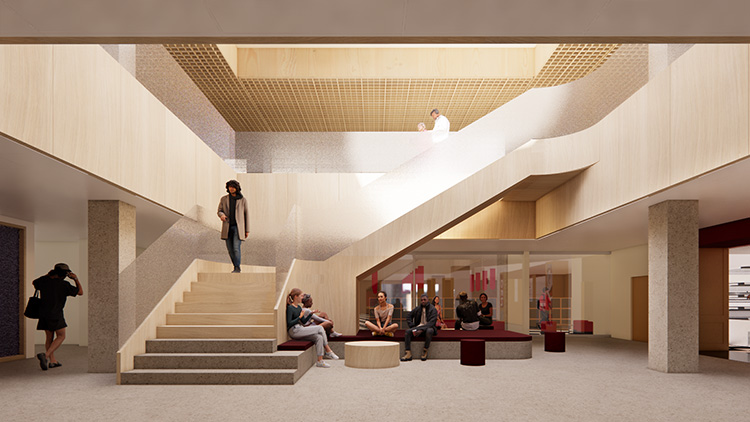

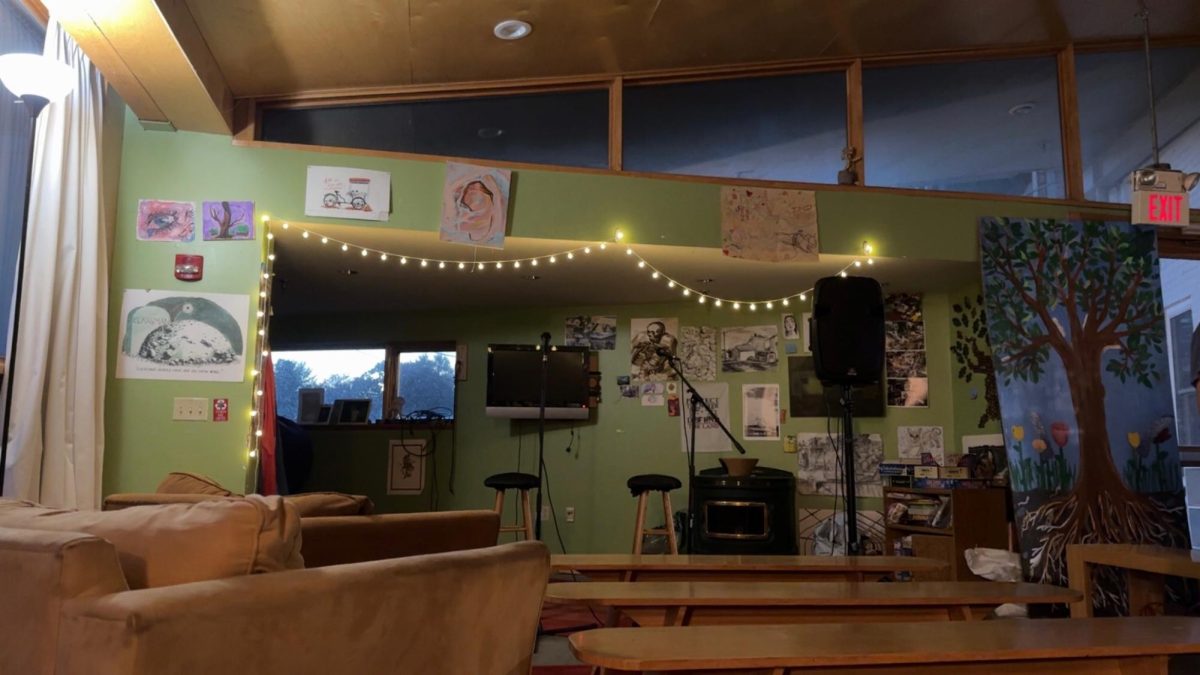

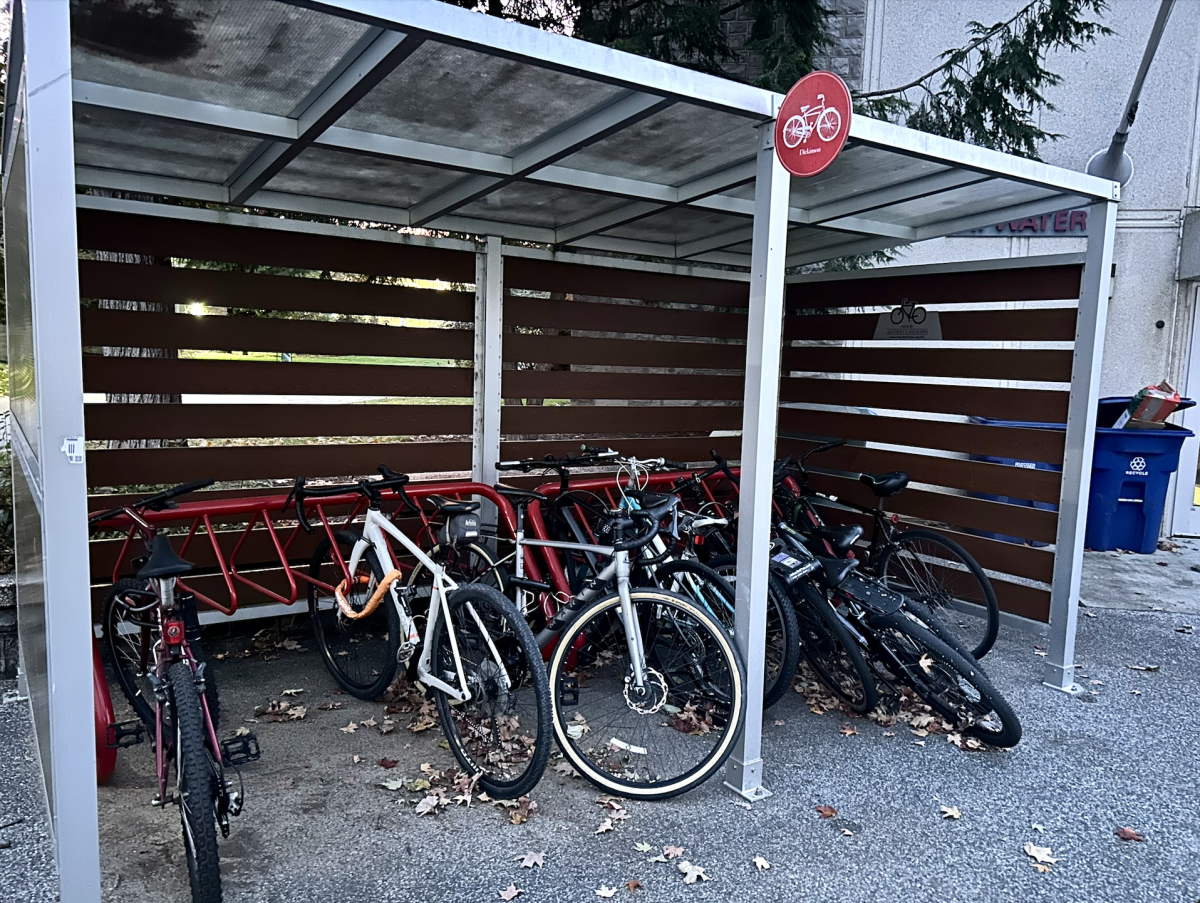
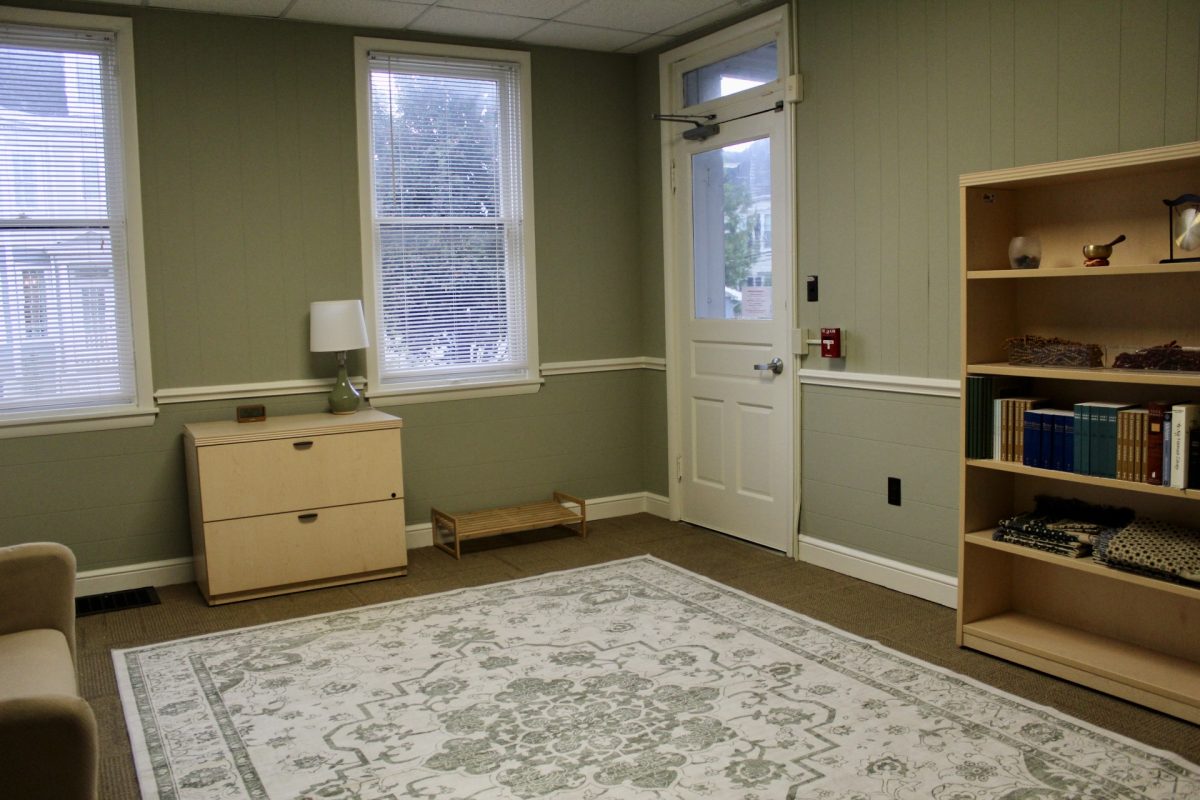
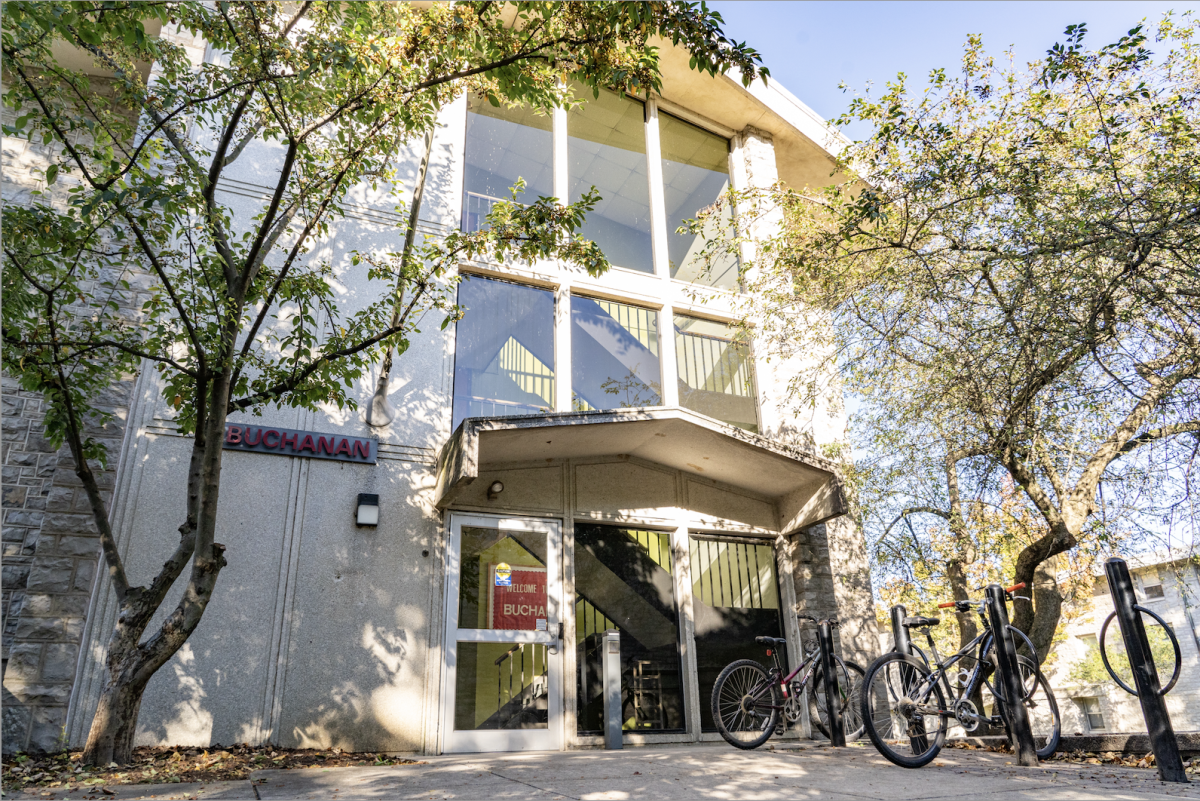
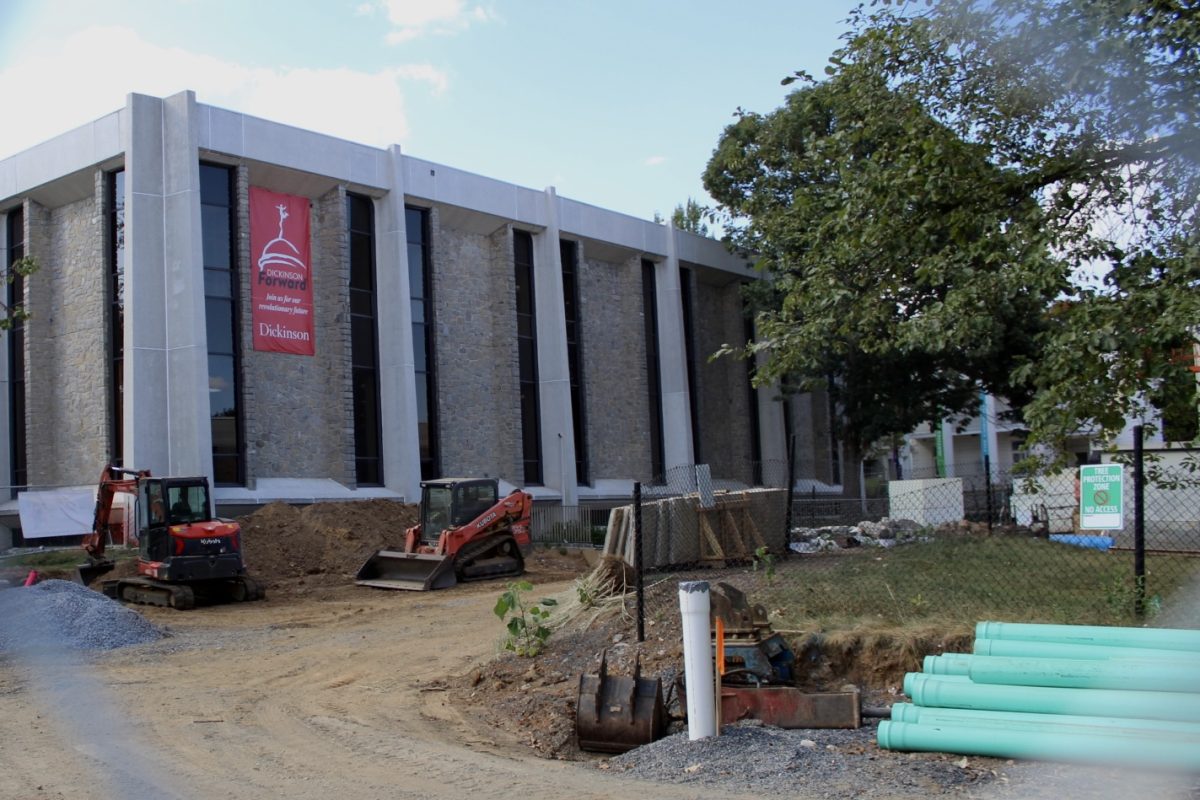

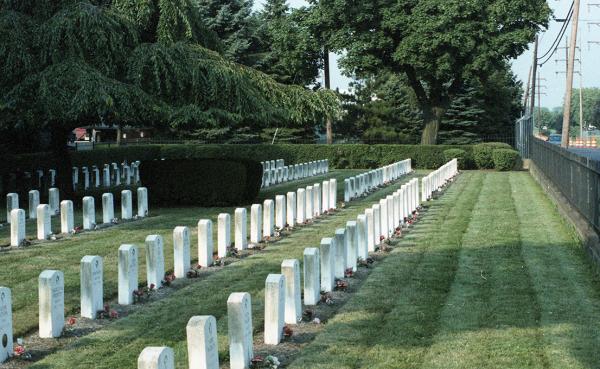
Stairmaster • Feb 28, 2024 at 2:10 pm
Save the spiral staircase!!